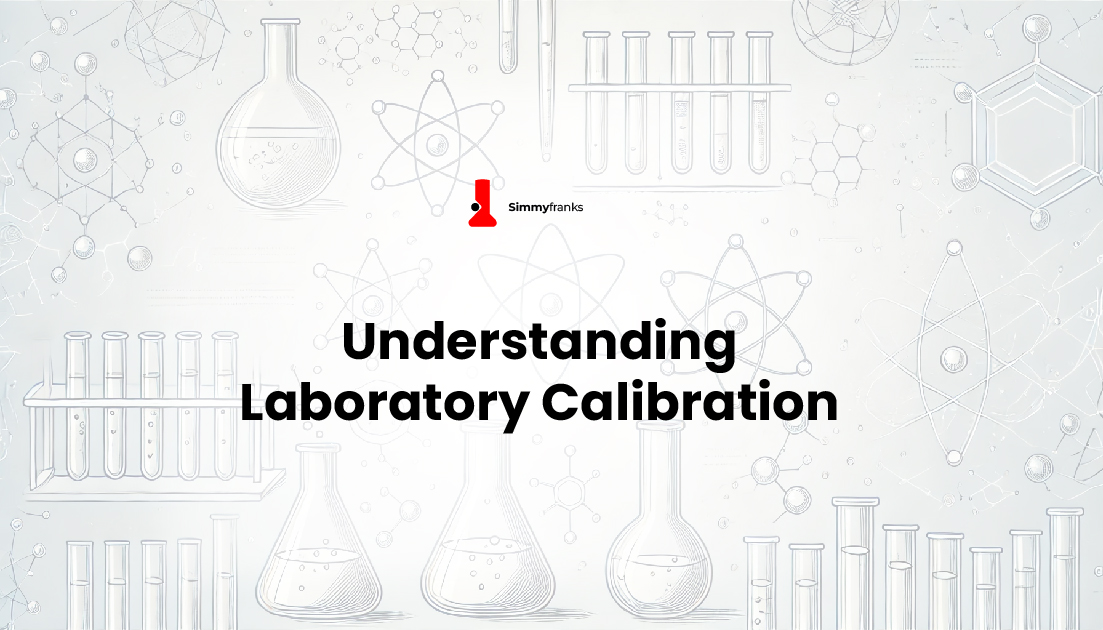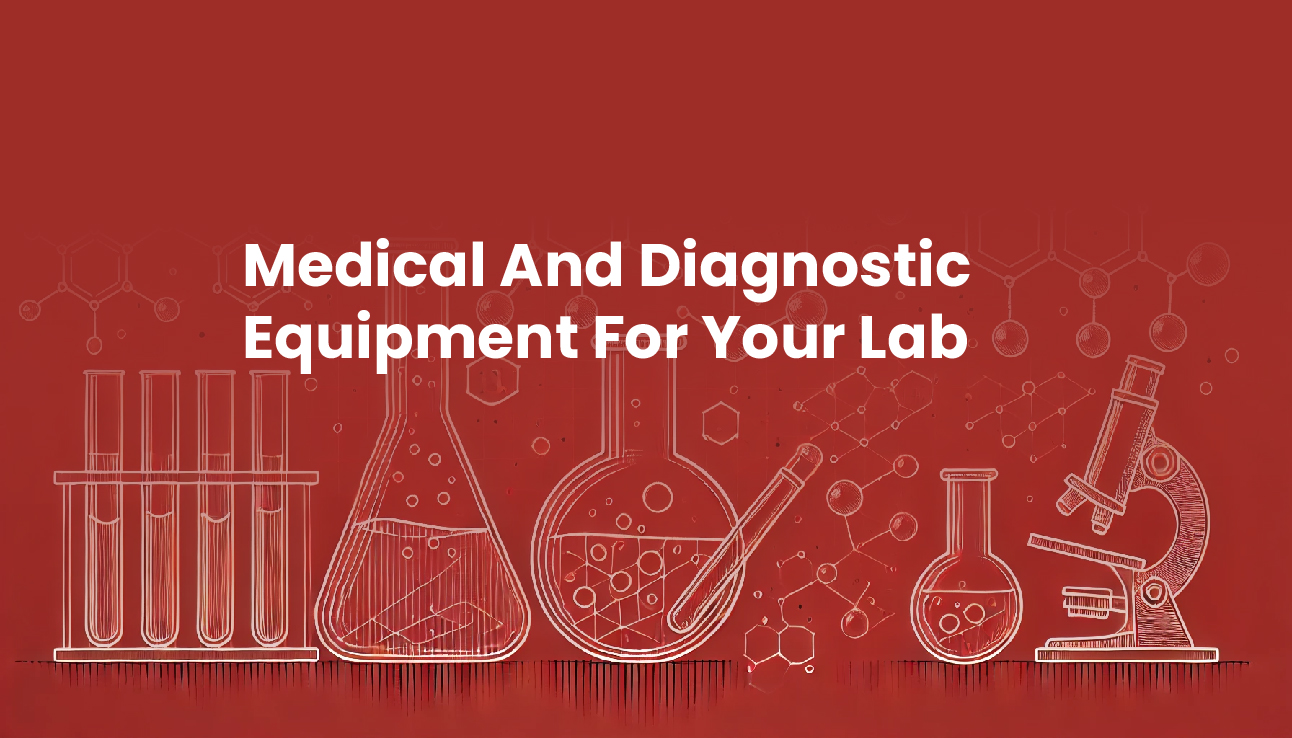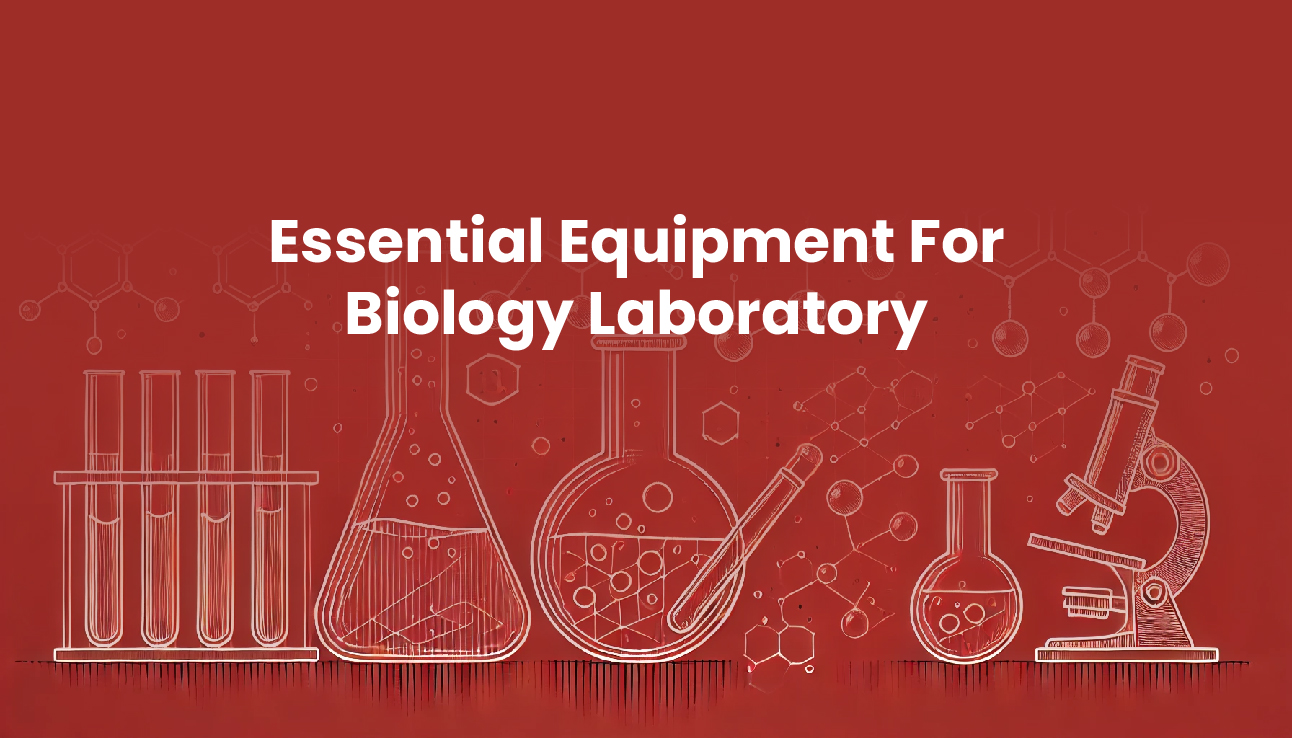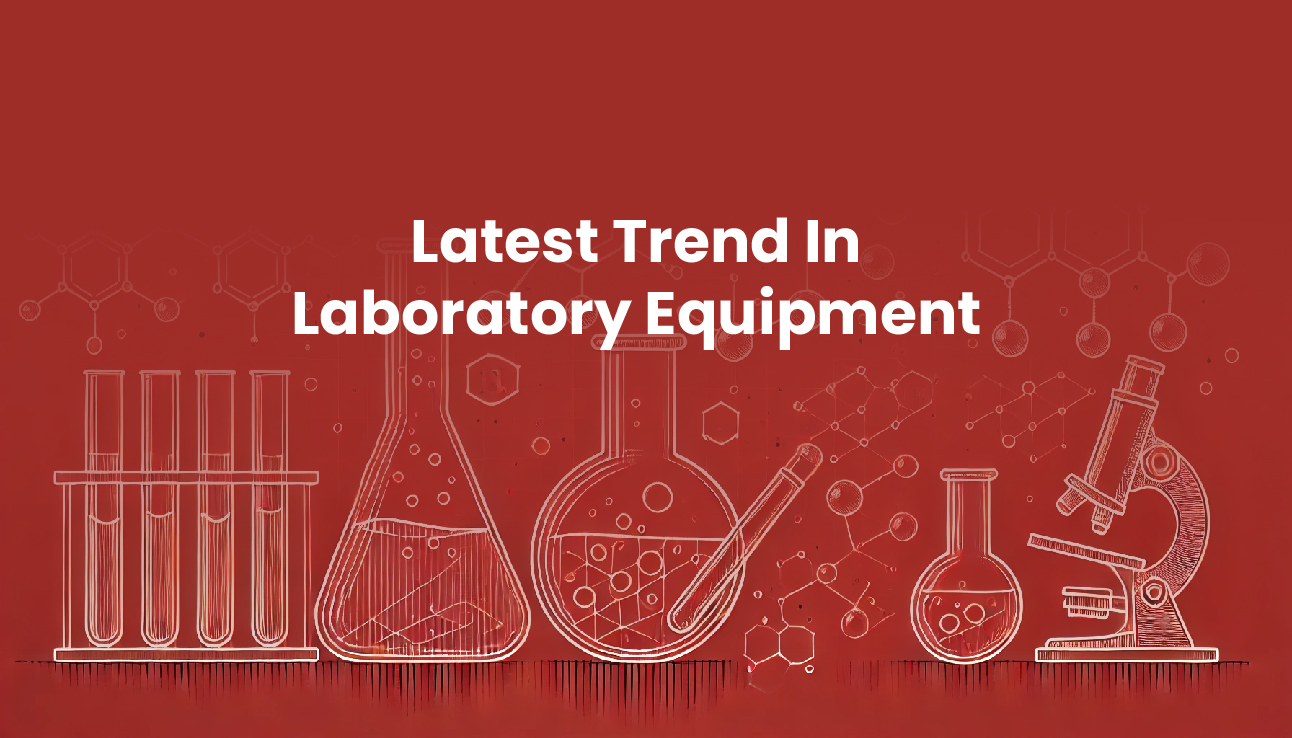Geography is a multifaceted discipline that encompasses the study of the Earth’s landscapes, environments, and the relationships between people and their environments.
A well-equipped geography laboratory is crucial for conducting experiments, analyzing data, and fostering a deeper understanding of geographical concepts.
This article outlines the essential equipment that should be present in a geography laboratory to facilitate effective teaching, research, and practical applications.
Mapping and Cartography Equipment
1. Maps (topographic, thematic, and satellite):
Maps are essential tools in a geography laboratory, serving as visual representations of spatial data.
Here are some types of maps commonly used:
Physical Maps
- Topographic maps (showing relief, elevation, and landforms).
- Geologic maps (depicting rock formations, faults, and geological features).
- Hydrologic maps (illustrating water bodies, drainage patterns, and watersheds).
Thematic Maps
- Climate maps (displaying temperature, precipitation, and climate zones).
- Vegetation maps (showing plant distribution and ecosystems).
- Soil maps (illustrating soil types, fertility, and erosion).
- Population density maps (displaying demographic patterns).
- Economic maps (showing resource distribution, trade, and infrastructure).
Political Maps
- Country and regional boundary maps.
- Administrative maps (showing provinces, states, and local governments).
- Historical maps (illustrating past territorial changes).
Digital Maps
- Geographic Information Systems (GIS) maps.
- Satellite imagery and aerial photography.
- Online mapping platforms (e.g., Google Earth, Mapbox).
- Interactive maps (e.g., web-based, touch-sensitive).
Map Scales
Maps come in different scales and each scale has its peculiar features. Here are the standard map scales:
- Large-scale maps (detailed, local areas)
- Medium-scale maps (regional, showing broader contexts)
- Small-scale maps (global, general overview)
2. Map scanners and plotters:
Map scanners and plotters are crucial in a geography laboratory, and here’s why:
Map Scanners
- Convert paper maps to digital format
- Scan maps, aerial photos, and historical documents
- High-resolution scanning (up to 9600 dpi)
- Compatible with various file formats (e.g., TIFF, JPEG, GeoPDF)
Types:
- Flatbed scanners (small to medium-sized map)
- Large-format scanners (up to 36 inches wide)
- Drum scanners (high-resolution, large format)
Map Plotters:
- Print large-format maps and posters
- High-resolution printing (up to 2880 dpi)
- Support various paper sizes and types
- Compatible with GIS software and CAD programs
Types:
- Inkjet plotters (color, photo-realistic)
- Laser plotters (high-speed, black and white)
- Thermal plotters ( high-speed, large format)
Applications in Geography Laboratory:
- Map digitization and archiving
- Research and analysis
- Teaching and training
- Thesis and dissertation projects
- Data visualization and communication
Benefits:
- Preserves historical maps and documents
- Enhances research and analysis capabilities
- Facilitates collaboration and sharing
- Improves data visualization and presentation
- Increases efficiency and productivity
3. GPS devices and receivers:
GPS (Global Positioning System) devices and receivers are essential tools in geography laboratories.
Types of GPS Devices:
- Handheld GPS receivers (e.g., Garmin, Magellan)
- Vehicle-mounted GPS systems
- Smartphone GPS apps (e.g., Google Maps, GPS Essentials)
- Differential GPS (DGPS) systems
- Real-Time Kinematic (RTK) GPS systems
GPS Receiver Types:
- L1 (single-frequency) receivers
- L1/L2 (dual-frequency) receivers
- WAAS (Wide Area Augmentation System) enabled receivers
- GLONASS (Russian GPS system) compatible receivers
Applications in Geography Laboratory:
- Field data collection (e.g., mapping, surveying)
- Geocaching and orienteering
- Research projects (e.g., tracking, monitoring)
- Teaching and training (GPS basics, geospatial analysis)
- Thesis and dissertation projects
Benefits:
- Accurate location and positioning
- Efficient data collection
- Enhanced research capabilities
- Improved teaching and learning
- Increased precision in mapping and surveying
Geographic Information Systems (GIS) and Remote Sensing
1. GIS software and hardware (e.g., ArcGIS, ERDAS):
GIS (Geographic Information System) software and hardware are essential tools for geospatial analysis, mapping, and data visualization.
GIS Software
GIS software includes: ArcGIS (ESRI), QGIS, Google Earth, MapInfo, AutoCAD, GRASS GIS, gvSIG, SAGA GIS, ILWIS, and GeoMedi.
GIS Software Components:
- Desktop GIS
- Web GIS
- Mobile GIS
- Server GIS
- Database management
- Spatial analysis
- Data visualization
- Mapping and cartography
- Geocoding and address matching
- Network analysis
GIS Hardware
GPS hardware include: GPS devices, GIS workstations, servers (cloud, on-premise), storage (hard drives, SSDs), plotters and printers, scanners (map, document), drone and UAV systems, mobile devices (tablets, smartphones), GNSS receivers, and LiDAR sensors.
GIS Hardware Requirements:
- Processor (CPU)
- Memory (RAM)
- Storage (hard drive, SSD)
- Graphics card (GPU)
- Operating system (Windows, Linux, macOS)
- Display (monitor, projector)
- Networking (Ethernet, Wi-Fi)
- Power supply
GIS Applications:
- Urban planning and development
- Environmental monitoring and conservation
- Emergency response and disaster management
- Transportation and logistics
- Research and academia
- Government and policy-making
- Business intelligence and market analysis
- Tourism and travel
- Natural resource management
- Climate change and sustainability
GIS Benefits:
- Improved decision-making
- Enhanced data visualization
- Increased efficiency
- Better resource allocation
- More accurate predictions
- Improved communication
- Enhanced collaboration
- Increased productivity
- Better data management
- Improved spatial analysis
2. Satellite imagery and aerial photography equipment:
Satellite imagery and aerial photography equipment are essential tools for remote sensing, mapping, and geospatial analysis.
Satellite Imagery Equipment
This includes:
- Satellite sensors (e.g., Landsat, MODIS, Sentinel-2)
- Satellite imagers (e.g., GeoEye, WorldView)
- Ground receiving stations
- Antennas (e.g., parabolic, phased array)
- Data transmission systems (e.g., RF, fiber optic)
Types of Satellite Imagery:
- Multispectral imagery (e.g., Landsat, MODIS)
- Hyperspectral imagery (e.g., Hyperion, PRISM)
- Panchromatic imagery (e.g., GeoEye, WorldView)
- Radar imagery (e.g., SAR, InSAR)
- High-resolution imagery (e.g., IKONOS, QuickBird)
Aerial Photography Equipment
Includes:
- Aerial cameras (e.g., DSLR, medium format)
- Aircraft (e.g., planes, helicopters, UAVs)
- Camera mounts (e.g., gyro-stabilized, gimbaled)
- GPS/IMU systems
- Data storage and transmission systems
Types of Aerial Photography:
- Vertical photography (e.g., orthophotography)
- Oblique photography (e.g., 3D modeling)
- Infrared photography (e.g., thermal imaging)
- Multispectral photography (e.g., agricultural monitoring)
- Hyperspectral photography (e.g., environmental monitoring
Applications of satellite imagery and aerial photography:
- Land use/land cover mapping
- Environmental monitoring (e.g., deforestation, pollution)
- Disaster response and recovery
- Urban planning and development
- Agriculture and forestry management
- Natural resource management
- Climate change research
- Geology and mineral exploration
- Emergency response and search and rescue
- Military and defense
3. Drones:
Drones, or unmanned aerial vehicles (UAVs), are increasingly used in geography laboratories for:
Research Applications:
- Environmental monitoring (e.g., land cover, water quality)
- Land use/land cover mapping
- Disaster response and recovery
- Climate change research
- Geomorphology and terrain analysis
- Urban planning and development
- Agriculture and forestry management
- Natural resource management
Data Collection:
- Aerial photography and videography
- Multispectral and hyperspectral imaging
- LiDAR (Light Detection and Ranging)
- Thermal imaging
- Gas sensing and monitoring
Drone Types:
- Fixed-wing drones (e.g., airplanes)
- Rotorcraft drones (e.g., quadcopters, hexacopters)
- Hybrid drones (e.g., vertical takeoff and landing)
4. Spectroradiometers:
Spectroradiometers are instruments used to measure the spectral distribution of radiation, typically in the ultraviolet, visible, and infrared regions of the electromagnetic spectrum.
Types of Spectroradiometers:
- Field spectroradiometers (e.g., ASD, Spectral Evolution)
- Laboratory spectroradiometers (e.g., PerkinElmer, Thermo Fisher)
- Imaging spectroradiometers (e.g., hyperspectral cameras)
- Portable spectroradiometers (e.g., handheld devices)
Applications:
- Remote sensing (e.g., land cover classification)
- Environmental monitoring (e.g., water quality, atmospheric conditions)
- Agriculture (e.g., crop health, soil moisture)
- Geology (e.g., mineral identification)
- Atmospheric science (e.g., aerosol properties)
- Oceanography (e.g., water color, temperature)
- Ecological research (e.g., plant physiology)
Field Equipment
1. Compasses and clinometers:
Compasses and clinometers are essential tools in geography, geology, and surveying:
Compasses:
- Measure direction and orientation
- Determine magnetic declination
- Identify geological structures
Types:
- Magnetic compasses
- Gyrocompasses
- Electronic compasses
- Solid-state compasses
Clinometers:
- Measure inclination and declination
- Determine slope angles
- Identify geological structures
Types:
- Geological clinometers
- Precision clinometers
- Digital clinometers
- Tiltmeters
Applications of compass and clinometer:
- Geology (structural analysis)
- Surveying (orientation and mapping)
- Geography (field data collection)
- Hiking and navigation
- Mining and engineering
2. GPS and GNSS receivers:
GPS (Global Positioning System) and GNSS (Global Navigation Satellite System) receivers are devices that detect and process signals from satellite navigation systems.
Types of GPS/GNSS Receivers:
- Handheld GPS receivers
- Vehicle-mounted GPS systems
- Smartphone GPS apps
- Wearable GPS devices (smartwatches, fitness trackers)
- Drone GPS systems
- Marine GPS systems
- Aviation GPS systems
- OEM (Original Equipment Manufacturer) modules
Applications:
- Navigation (land, sea, air)
- Mapping and surveying
- Geocaching and orienteering
- Research and development
- Aviation and marine navigation
- Emergency response and search and rescue
- Weather forecasting and climate research
3. Geologic hammers and hand lenses:
Geologic hammers and hand lenses are essential tools for geologists, paleontologists, and rockhounds.
Geologic Hammers:
Geologic hammer is used for breaking and splitting rocks. It comes in various head types (e.g., chisels, picks, cracking hammers). Geologic hammer is usually made from materials like: steel, titanium, or fiberglass handles and weighs 8 oz to 4 lbs (0.2-2 kg).
Types:
- Rock hammer
- Crack hammer
- Chisels
- Pick hammer
- Geological pick
Hand Lenses:
Hand-held lenses are used for magnifying and examining small rock or mineral features. Typically 5x to 20x magnification. They are made from materials such as: glass, plastic, or crystal lenses. The hand lenses can be a folding or fixed design.
Types:
- Geological hand lens
- Pocket magnifier
- Loupe
- Stereoscopic hand lens
- Digital hand lens
Applications geologic hammer and hand lenses:
- Geological mapping and surveying
- Rock and mineral identification
- Fossil hunting and paleontology
- Geotechnical engineering
- Environmental monitoring
Tips and Safety Precautions:
- Wear safety goggles when using hammers
- Handle hand lenses with care to avoid scratches
- Store tools in protective cases
- Use proper techniques for rock breaking and splitting
- Follow local regulations and permits for rock collecting
4. Soil sampling equipment (e.g., augers, corers):
Soil sampling equipment is used to collect and analyze soil samples for various purposes, including agricultural, environmental, and geological studies.
Types of Soil Sampling Equipment:
- Augers (hand-held, mechanical, and hydraulic)
- Soil probes (manual and automated)
- Sampling tubes (thin-wall, thick-wall, and split-tube)
- Core samplers (hollow-stem and solid-stem)
- Shedding samplers (e.g., scoop and shovel)
- Drill rigs (truck-mounted, trailer-mounted, and portable)
- Hand tools (trowels, shovels, and soil knives)
Applications:
- Environmental monitoring and remediation
- Geological mapping and exploration
- Soil contamination assessment
- Climate change research
- Forensic science
- Urban planning and development
5. Weather monitoring stations:
Weather monitoring stations are facilities equipped with instruments to measure and record atmospheric conditions.
Types of Weather Monitoring Stations:
- Surface weather stations
- Upper-air stations (radiosondes)
- Radar stations
- Weather buoys (marine)
- Automatic weather observing systems (AWOS)
- Portable weather stations
Instruments:
- Anemometers (wind speed and direction)
- Thermometers (air temperature)
- Hygrometers (humidity)
- Barometers (atmospheric pressure)
- Rain gauges (precipitation)
- Pyranometers (solar radiation)
- Weather cameras
Applications:
- Weather forecasting and prediction
- Climate research and monitoring
- Aviation and aerospace
- Agriculture and irrigation management
- Hydrology and flood warning systems
- Emergency management and disaster response
- Renewable energy (solar, wind)
Laboratory Analysis Equipment
1. Microscopes (optical and digital)
Microscopes in geography laboratories are used for various applications:
- Sedimentology (grain size, shape, composition)
- Geomorphology (rock, soil, sediment analysis)
- Hydrology (water quality, sediment transport)
- Glaciology (ice core analysis)
- Paleoclimatology (fossil, sediment analysis)
- Geoenvironmental studies (soil pollution)
- Geoarchaeology (artifact analysis)
2. Spectrophotometers:
Spectrophotometers in geography laboratories measure reflectance, transmittance, or absorbance of light by samples.
Types of Spectrophotometers:
- UV-Vis spectrophotometers
- NIR (Near-Infrared) spectrophotometers
- IR (Infrared) spectrophotometers
- Portable spectrophotometers
- Hyperspectral imagers
Geography Applications:
- Soil analysis (organic matter, moisture)
- Water quality assessment (turbidity, nutrients)
- Rock and mineral identification
- Vegetation analysis (chlorophyll, biomass)
- Atmospheric aerosol monitoring
- Climate change research (greenhouse gases)
- Environmental monitoring (pollution, contamination)
2. pH meters and water quality testing kits:
pH meters and water quality testing kits are essential tools in geography laboratories for monitoring and analyzing water quality.
pH Meters:
- Measure acidity/alkalinity (pH 0-14)
- Digital and analog displays
- Portable and benchtop models
- Calibration and buffer solutions
Water Quality Testing Kits:
- Multi-parameter kits (pH, temperature, turbidity, etc.)
- Single-parameter kits (e.g., pH, conductivity)
- Portable and field-testing kits
- Laboratory-based kits
Applications:
- River and stream monitoring
- Lake and reservoir assessment
- Groundwater quality analysis
- Wastewater treatment monitoring
- Environmental impact assessments
- Climate change research
- Hydrology and water resources management
Standards and Guidelines:
- EPA (Environmental Protection Agency)
- ASTM (American Society for Testing and Materials)
- ISO (International Organization for Standardization)
- WHO (World Health Organization)
3. Soil and sediment analysis equipment (e.g., texture analyzers):
Soil and sediment analysis equipment is used to determine physical, chemical, and biological properties of soils and sediments.
Soil and Sediment Properties Analyzed:
- Texture and structure
- Moisture content
- pH and conductivity
- Nutrient content (N, P, K)
- Contaminant levels (heavy metals, pesticides)
- Microbial activity and diversity
- Organic matter content
Applications:
- Environmental monitoring and remediation.
- Geotechnical engineering and construction.
- Water quality assessment.
- Climate change research.
- Forensic science and soil forensics.
4. Rock and mineral analysis equipment (e.g., XRF analyzers):
Rock and mineral analysis equipment is used to identify, characterize, and quantify the composition of rocks and minerals.
Applications:
- Geology and mineral exploration
- Mining and resource management
- Petrology and volcanology
- Environmental monitoring (e.g., soil, water contamination)
- Materials science and engineering
- Archaeological research
Data Analysis:
- Qualitative analysis (e.g., mineral identification)
- Quantitative analysis (e.g., elemental concentrations)
- Statistical analysis (e.g., regression, correlation)
- Imaging and image processing
- Geochemical modeling
Safety Equipment for Geography Laboratory
Laboratory safety equipment ensures a secure environment for researchers, students, and staff when working with potentially hazardous materials and equipment.
Here are some safety equipment;
1. Personal Protective Equipment (PPE):
The PPE consists of lab coats, gloves (latex, nitrile, or chemical-resistant), safety glasses or goggles, face shields, closed-toe shoes, and respirators or masks.
2. Other Laboratory Safety Equipment:
- Fume hoods or exhaust systems
- Biosafety cabinets
- Chemical storage cabinets
- Fire extinguishers and fire blankets
- Emergency showers and eyewash stations
- First aid kits
Get Your Laboratory Equipment From SimmyFranks
Are you tired of scouring the market for reliable laboratory equipment?
Look no further than SimmyFranks, your trusted partner for all your laboratory needs. With a vast array of equipment and supplies, SimmyFranks is committed to providing top-notch quality, precision, and durability to ensure your research and experiments yield accurate results.
SimmyFranks offers an extensive range of laboratory equipment, including:
- Microscopes and accessories
- Spectrophotometers and analyzers
- Centrifuges and incubators
- Pipettes and liquid handling systems
- Safety equipment and protective gear
Why Choose SimmyFranks?
SimmyFranks sources equipment from renowned manufacturers, ensuring reliability and accuracy, competitive pricing , expert support, and timely Delivery.
To explore our extensive catalog and experience the difference for yourself.
Essential Equipment for Geography Laboratory: FAQ
1. What are the primary functions of a geography laboratory?
A geography laboratory serves several key functions, including:
- Data Collection: Gathering geographical data through various methods such as surveys, remote sensing, and field studies.
- Data Analysis: Analyzing spatial data using statistical tools and software.
- Modeling: Creating physical or digital models to simulate geographical phenomena.
- Research: Conducting experiments and research projects to explore geographical questions.
2. How can I ensure the equipment is properly maintained?
Proper maintenance of laboratory equipment is crucial for ensuring accuracy and longevity. Here are some tips:
- Regular Calibration: Instruments like GPS devices and surveying tools should be calibrated regularly to maintain accuracy.
- Routine Cleaning: Keep equipment clean and free from dust and debris. Follow manufacturer guidelines for cleaning.
- Storage: Store equipment in a controlled environment to prevent damage from extreme temperatures or humidity.
- Training: Ensure that all users are trained in the proper use and maintenance of the equipment.
3. How can I integrate technology into geography education?
Integrating technology into geography education can enhance learning experiences. Here are some suggestions:
- Use GIS in Projects: Encourage students to use GIS software for mapping and analyzing geographical data.
- Incorporate Remote Sensing: Utilize satellite imagery and drone footage in lessons to provide real-world context.
- Fieldwork with GPS: Organize field trips where students can use GPS devices to collect data and navigate.
4. What safety precautions should be taken in a geography laboratory?
Safety is paramount in any laboratory setting. Here are some essential safety precautions:
- Personal Protective Equipment (PPE): Ensure that students and staff wear appropriate PPE, such as gloves and goggles, when handling chemicals or conducting experiments.
- Emergency Procedures: Familiarize everyone with emergency procedures, including the location of first aid kits and emergency exits.
- Proper Disposal: Follow guidelines for the proper disposal of hazardous materials and waste.
Editor’s Recommendation
- Essential Equipment For Biology Laboratory
- Latest Trends in Laboratory Equipment
- Essential Equipment For Chemistry Laboratory
- Essential Equipment for Physics Laboratory
- Engineering Laboratory Equipment List and Uses





